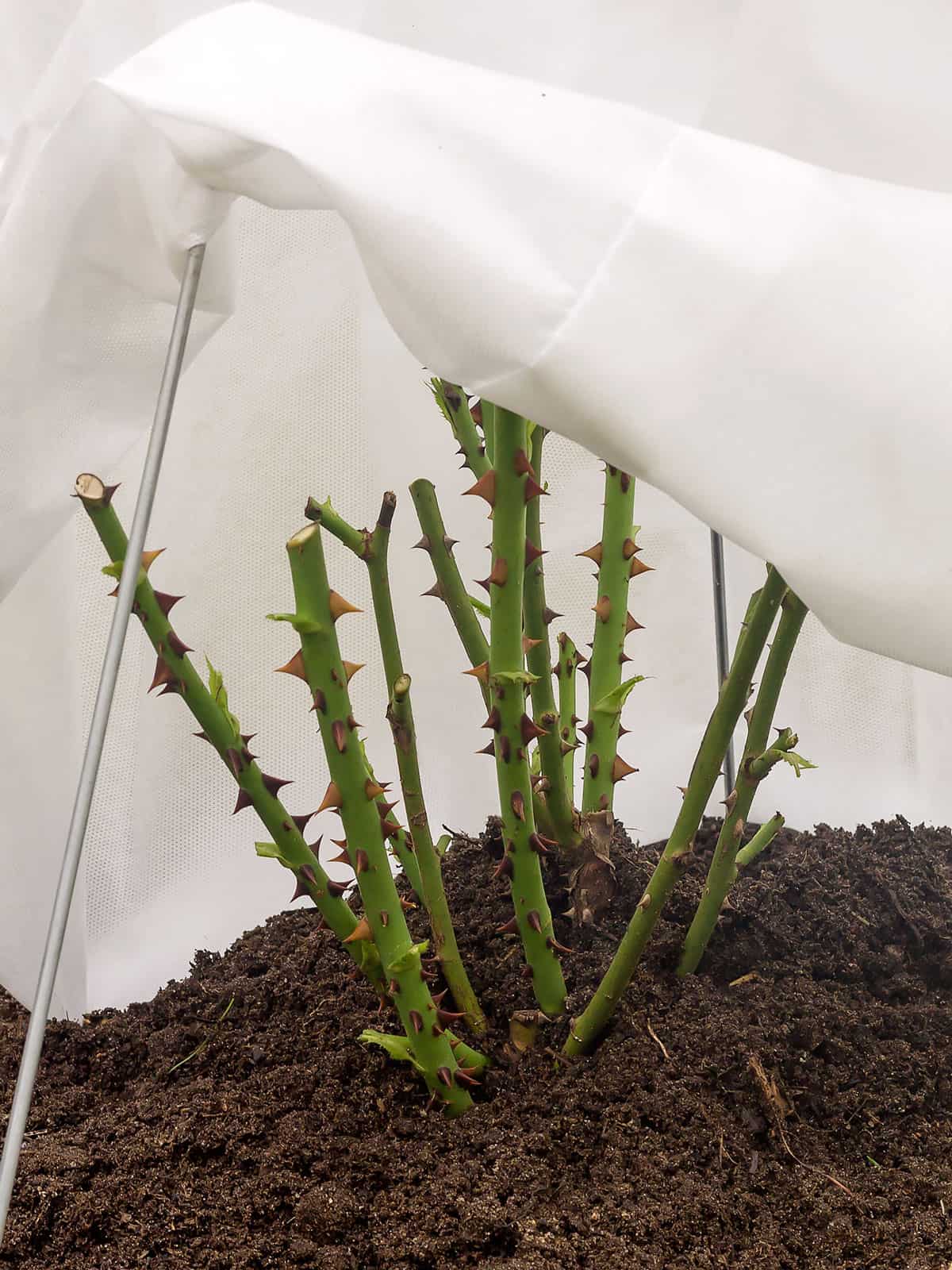Winter doesn’t have to signal the end of your gardening adventures—it’s just the beginning of a new, vibrant chapter!
Contrary to the common belief of winter being a time of dormancy, it presents a thrilling period for those passionate about gardening.
This season, while posing its own challenges, offers a rewarding experience filled with unique opportunities.

Stay tuned! The following sections are packed with insider tips and secrets, guiding you to maintain a garden that’s not just healthy but vibrant all year round!
1. Plants Won’t Grow in Cold Weather
Despite common beliefs, the colder months can be productive for your garden. This section explores how you can successfully cultivate plants even when temperatures drop.
Assessing Plant Hardiness
Gradually expose plants to colder temperatures to increase their tolerance to frost. This is known as hardening off your plants.
Growing Winter Crops
Opt for winter-hardy vegetables like kale, spinach, and garlic. They thrive in cold weather and can sometimes taste even better after a frost.
2. Dormancy Equals Inactivity
Winter doesn’t signal the end of your gardening activities. It ushers in a period of dormancy, an essential phase for plant rest and rejuvenation.
Plants’ Winter Strategies
These plants lose their leaves and enter a state of dormancy, conserving energy during colder months.
This process is not a sign of ill health but a survival strategy, reducing the plant’s need for water and nutrients when they are harder to absorb from the frozen ground.
-
- Evergreens: Unlike their deciduous counterparts, evergreens don’t lose all their leaves but may slow down or halt growth.
-
- Bulbs: Underground bulbs remain dormant over winter but are busy converting stored nutrients into energy for spring growth.
Watering needs to be moderated as dormant plants require less hydration, necessitating a revised watering schedule.
Concurrently, winter presents an ideal opportunity for pruning. This is the perfect time to shape your plants and trim any dead or diseased wood.
Since the plants are not in active growth, pruning during this period minimizes stress, promoting healthier growth when spring arrives.
3. Winter Garden Requires No Watering
Contrary to this belief, watering is still important, although their requirements might be reduced due to slower growth and cooler temperatures.
The key is to adjust your watering habits rather than stopping them altogether. Plants can become dehydrated even in cold weather, particularly on sunny days when the ground isn’t frozen or sheltered from rain and snow.
Monitoring soil moisture and providing water as needed ensures your plants stay healthy throughout winter.
4. Winter is a Pest-Free Season
During winter, your garden may seem inactive, but certain pests and diseases still pose a threat—understanding which nuisances to watch for and how to prevent them will help your garden thrive.
Typical Winter Pests
Winter doesn’t mean all pests take a holiday. Mice, for instance, remain active throughout the year and may seek refuge in your home or garage for warmth and food.
House mice typically nest in quiet, dark areas like attics or basements. They can cause substantial damage by gnawing on various materials, including electrical wiring, which may lead to fires.
Other pests to be on guard against include:
-
- Rodents: Besides mice, rats can be problematic, seeking warmth and nesting material.
-
- Insects: Some, like cockroaches and certain species of ants, are not deterred by the cold and can be found in homes.
-
- Termites: They continue to consume wood, potentially damaging structures silently during the colder months.
Preventive Measures for Disease Control
Garden diseases can linger and proliferate even in cold weather. Preventative measures are crucial for the health of your plants.
-
- Sanitation: Regularly dispose of fallen leaves and debris, which can harbor fungal spores and other pathogens.
-
- Pruning: Proper pruning of dead or diseased branches allows plants to maintain good airflow and reduces disease risk.
-
- Moisture management: Avoid excess watering that can promote root rot and other moisture-related diseases.
5. Winter Gardening Is High-maintenance
Winter gardening is often mischaracterized as a demanding task. Yet, your garden’s cold-weather care can be manageable with appropriate preparation and tools.
Simple Winter Gardening Tips
-
- Plan in Advance: Before winter, prep your beds—this small step can significantly reduce maintenance.
-
- Choose the Right Plants: Hardy varieties thrive with minimal care, even in cold weather.
-
- Regular Checks: Brief, periodic inspections can prevent minor issues from becoming more significant problems.
Wrapping Up
Winter gardening is about understanding and adapting to the season’s unique requirements.
Embracing these practices ensures that your garden remains vibrant and prepared for the burst of growth that comes with spring.
Remember, winter doesn’t mean a pause in gardening—it’s a time of preparation and care, setting the stage for the seasons ahead.
Don’t let the cold weather dampen your gardening spirit!